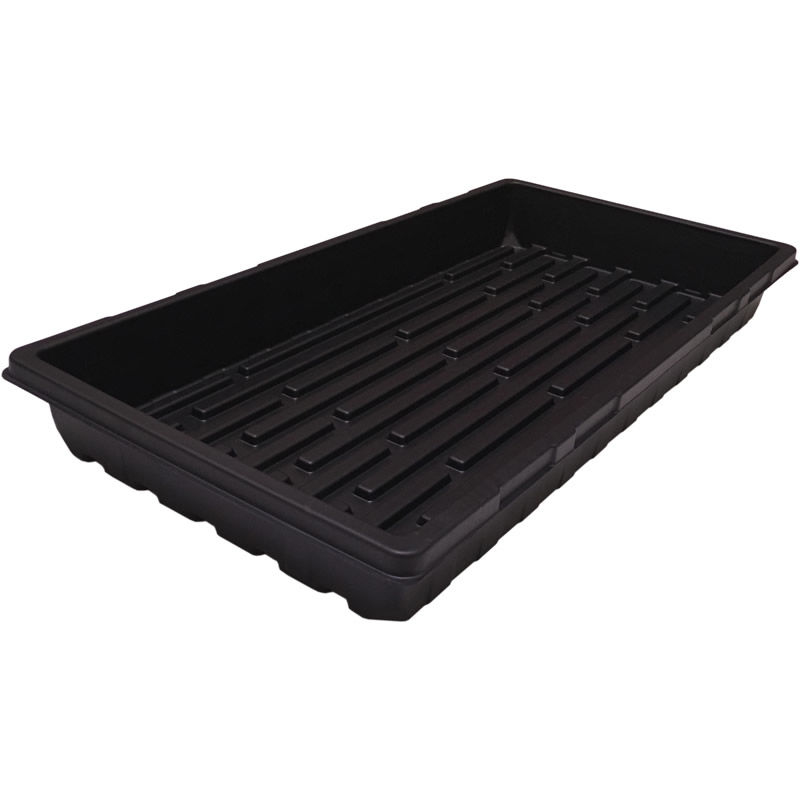What Are the Benefits of Using a Nursery Tray?
Nursery trays, also known as seed trays or propagation trays, offer several benefits in horticulture and agriculture for the germination and early-stage growth of plants. These trays are designed with multiple compartments to hold individual seeds or seedlings, providing a controlled environment conducive to optimal plant development. Here are the key benefits of using a nursery tray:
1. Uniform Germination:
Nursery trays facilitate uniform germination as each seed is placed in its designated cell. This ensures consistent growth, making it easier to manage and plan for subsequent transplanting.
2. Space Efficiency:
The design of nursery trays optimizes space utilization, especially in indoor or greenhouse settings. Many trays are stackable, allowing for efficient use of growing areas and easy organization.
3. Enhanced Seedling Management:
Individual cells in the nursery tray help prevent seedlings from competing for resources. This facilitates better root development and minimizes the risk of overcrowding, which can lead to weak and leggy plants.
4. Precise Seed Placement:
Nursery trays enable precise placement of seeds at the recommended depth, ensuring proper germination conditions. This precision is particularly crucial for smaller seeds or those with specific germination requirements.
5. Easy Watering Control:
Many nursery trays feature efficient watering systems, allowing for controlled moisture levels. Bottom-watering options prevent water splash and reduce the risk of fungal diseases associated with overhead watering.
6. Minimized Transplant Shock:
When seedlings are ready for transplanting, the individual cells make it easier to remove each plant without disturbing the roots of neighboring seedlings. This minimizes transplant shock and promotes a smoother transition to the next growing phase.

7. Time and Labor Savings:
Plant Nursery trays streamline the process of sowing seeds and transplanting seedlings, saving time and labor compared to working with individual pots. This efficiency is especially valuable in large-scale production.
8. Optimal Air Circulation:
The spacing between cells in nursery trays allows for adequate air circulation around each seedling. This helps prevent issues like damping off and promotes overall plant health.
9. Reuse and Durability:
Many nursery trays are made from durable materials like plastic, allowing for repeated use. This not only reduces environmental impact but also provides cost savings over time.
10. Adaptability to Various Crops:
Nursery trays are versatile and suitable for a wide range of crops, including vegetables, flowers, and herbs. The adaptability of these trays makes them a staple tool for diverse agricultural and horticultural applications.
In summary, nursery trays offer a range of benefits that contribute to efficient, organized, and successful plant propagation. From uniform germination to space optimization and ease of transplanting, these seeding trays are valuable tools for growers seeking precision and productivity in their cultivation practices.



